As a longtime partner of Oak Ridge National Laboratory, Jefferson Lab has been supplying sections of particle accelerator called cryomodules – the supercooled behemoths that propel particles to near the speed of light for scientific research – for the Proton Power Upgrade (PPU) of the Spallation Neutron Source.
Tag: Spallation Neutron Source
World-class neutron source takes a break for major Proton Power Upgrade
The Spallation Neutron Source at Oak Ridge National Laboratory — already the world’s most powerful accelerator-based neutron source — will be on a planned hiatus through June 2024 as crews work to upgrade the facility. Much of the work — part of the facility’s Proton Power Upgrade project — will involve building a connector between the accelerator and the planned Second Target Station at SNS.

Scientists use ORNL’s Summit supercomputer to learn how cicada wings kill bacteria
Over the past decade, teams of engineers, chemists and biologists have analyzed the physical and chemical properties of cicada wings, hoping to unlock the secret of their ability to kill microbes on contact. If this function of nature can be replicated by science, it may lead to products with inherently antibacterial surfaces that are more effective than current chemical treatments.
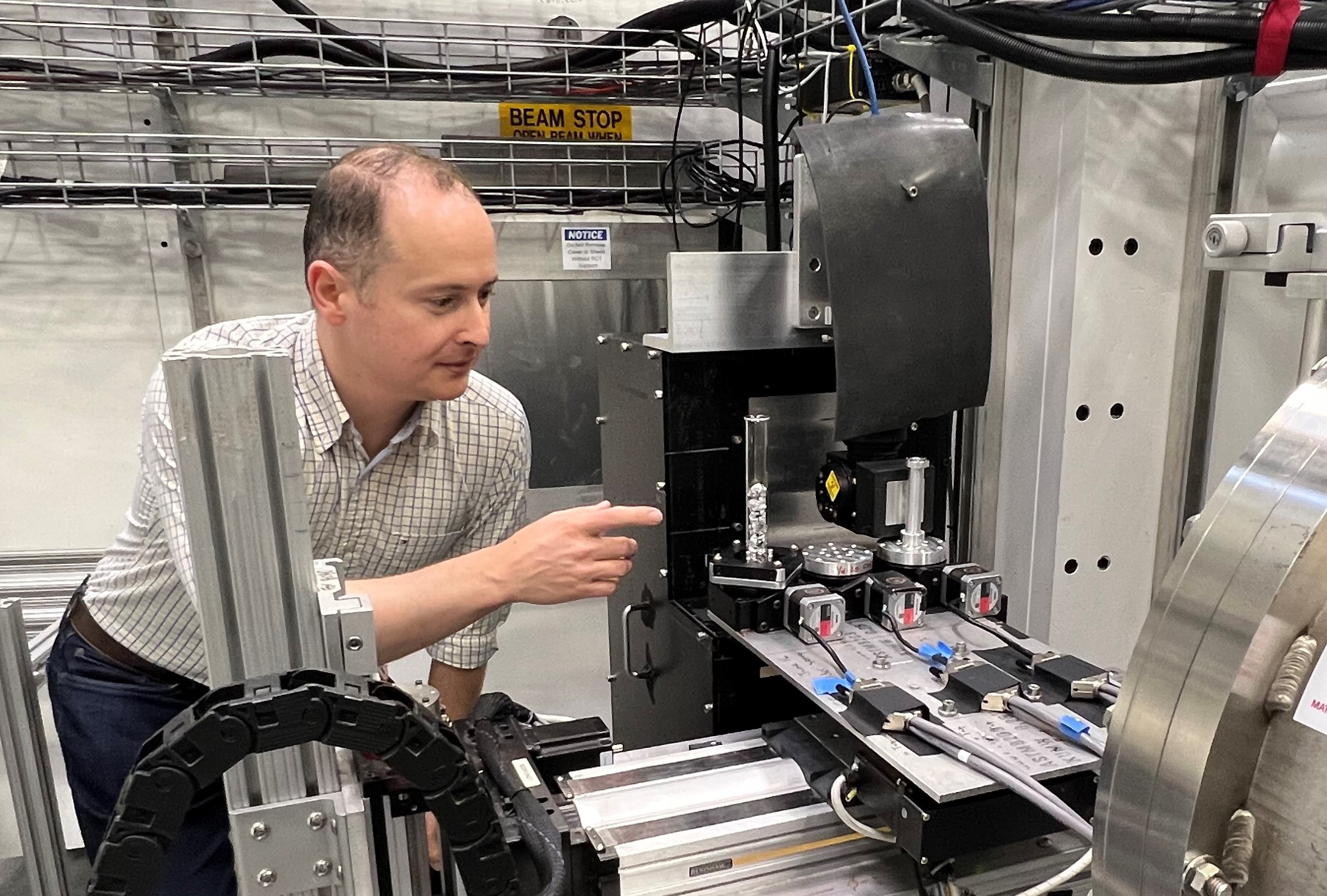
50 years after NASA’s Apollo mission, moon rocks still have secrets to reveal
NASA scientists are using neutrons at Oak Ridge National Laboratory to study moon rocks collected from the Apollo space missions. The samples are made of dust and rock fragments that combined and struck the moon’s surface possibly billions of years ago. As plans to travel to Mars progress, insights into the rocks could reveal more about the formation of the solar system and where water might be found on the moon.
Army strong: Research teams join forces to invent weld wire for tank, infrastructure repair
The U.S. Departments of Energy and Defense teamed up to create a series of weld filler materials that could dramatically improve high-strength steel repair in vehicles, bridges and pipelines. This novel weld wire could help revitalize America’s aging infrastructures, which in 2021 received a C- grade from the American Society of Civil Engineers.
COVID-19 research campaign moves from basic science to antiviral drug design
ORNL researchers have developed and tested novel small-molecule antivirals in an effort to design new drugs to treat COVID-19. The so called hybrid inhibitor molecules are made from repurposed drugs used to treat hepatitis C and the original coronavirus outbreak in the early 2000s. The experimental research results show the molecules are similarly as effective as some of the leading drugs on the market today.
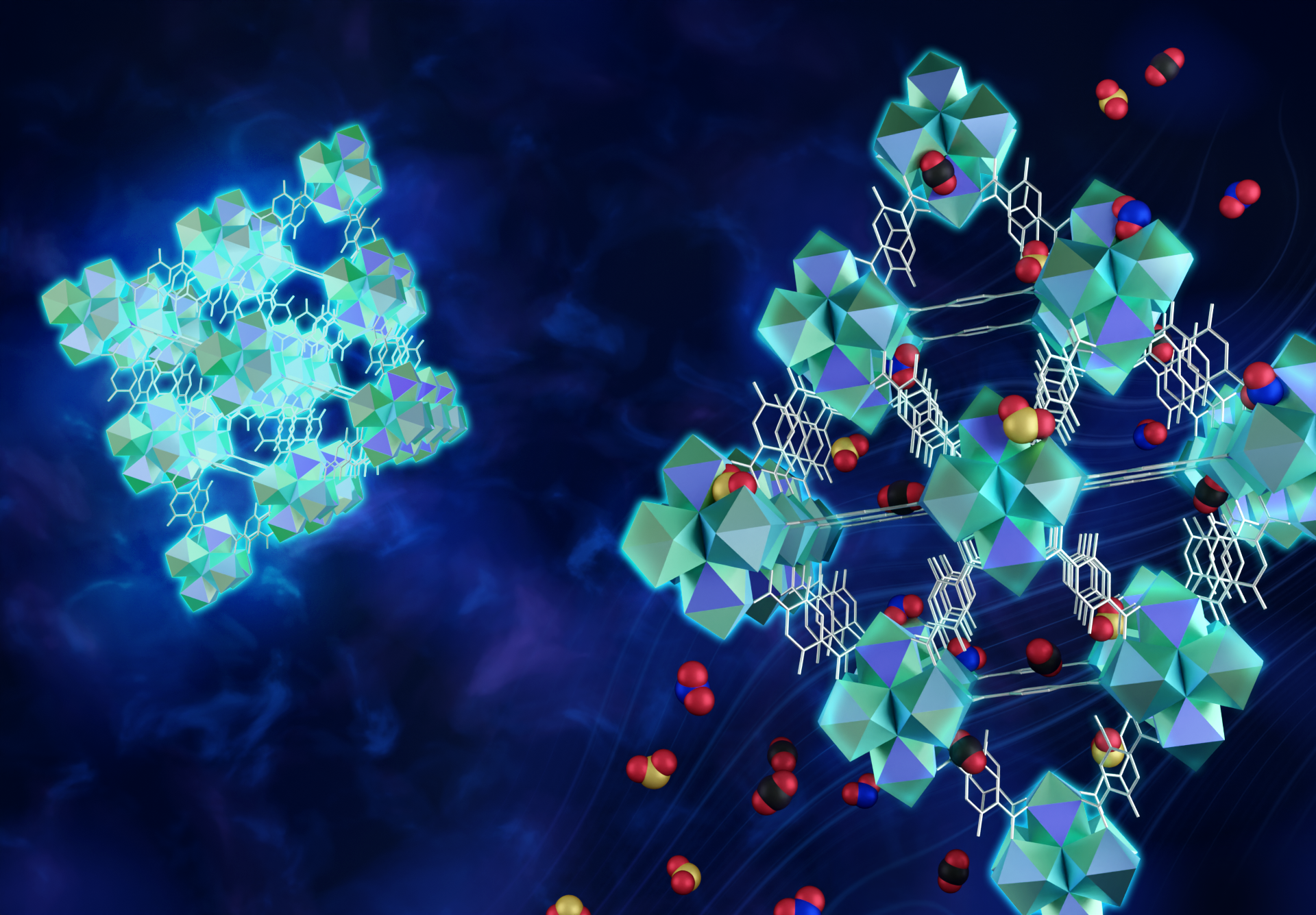
Scientists build microporous MOF traps for mitigating toxic gases
Researchers from Sandia, ORNL, and the University of Tennessee, Knoxville used neutron scattering and additional experimental techniques to study a series of materials called metal organic frameworks (MOFs) made from the entire list of rare earth elements. The researchers established a comprehensive approach to evaluating large numbers of MOFs and also made an important discovery about a defect that can be useful in building technologies to mitigate toxic gases such as nitrogen and sulfur dioxides.
Neutrons take a deep dive into water networks surrounding DNA
Using neutron experiments at Oak Ridge National Laboratory, a research team led by Vanderbilt University successfully captured the most detailed view to date of water’s hydrogen bonding patterns around DNA, opening new possibilities for studying how water impacts DNA function.
Buzz about thermoelectrics heats up with promising new magnesium-based materials
Researchers at Duke University and Michigan State University used neutrons at Oak Ridge National Laboratory to gain new fundamental insights into two magnesium-based materials. Investigations at the atomic scale revealed the origin and mechanism behind the materials’ ability to convert thermal energy at room temperature into electricity and provides possible new pathways for improving thermoelectric applications such as those in the Perseverance rover and myriad other devices and energy-generation technologies.
Uncovering Hidden Local States in a Quantum Material
States of local broken symmetry at high temperature—observed in several materials, including one with a metal-insulator transition, an iron-based superconductor, and an insulating mineral part of the Earth’s upper mantle—may enable the technologically relevant properties arising at much-lower temperature.
Neutrons piece together 40-year puzzle behind iron-iodide’s mysterious magnetism
Researchers from Georgia Tech and the University of Tennessee–Knoxville uncovered hidden and unexpected quantum behavior in a simple iron-iodide material (FeI2) discovered almost a century ago. The new insights were enabled using neutron scattering experiments and theoretical physics calculations at the Department of Energy’s Oak Ridge National Laboratory. The team’s findings solves a 40-year-old puzzle about the material’s mysterious behavior and could be used as a map to unlock a treasure trove of quantum phenomena in other materials.
University of Nebraska Medical Center researchers reveal elusive inner workings of antioxidant enzyme with therapeutic potential
The enzyme manganese superoxide dismutase helps maintain human health by keeping the amount of reactive oxygen molecules in cells under control. Using neutron scattering at ORNL, researchers obtained a complete atomic portrait of the enzyme, revealing key information about its catalytic mechanism.
Mapping the Electronic States in an Exotic Superconductor
Scientists mapped the electronic states in an exotic superconductor. The maps point to the composition range necessary for topological superconductivity, a state that could enable more robust quantum computing.
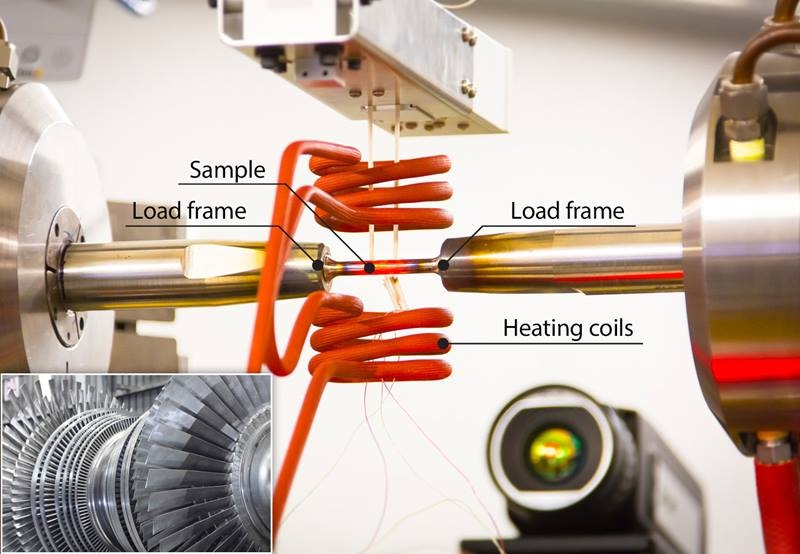
Even Superalloys Get Creeped Out From Stress
Researchers design superalloys by embedding particles in a metal matrix. The particles and matrix can deform differently under stress, causing components to fail. Researchers used neutrons to probe the internal stresses in two superalloys at high temperatures and loads to obtain new insights on deformation and validate mathematical models. This will lead to components with longer life and higher reliability.
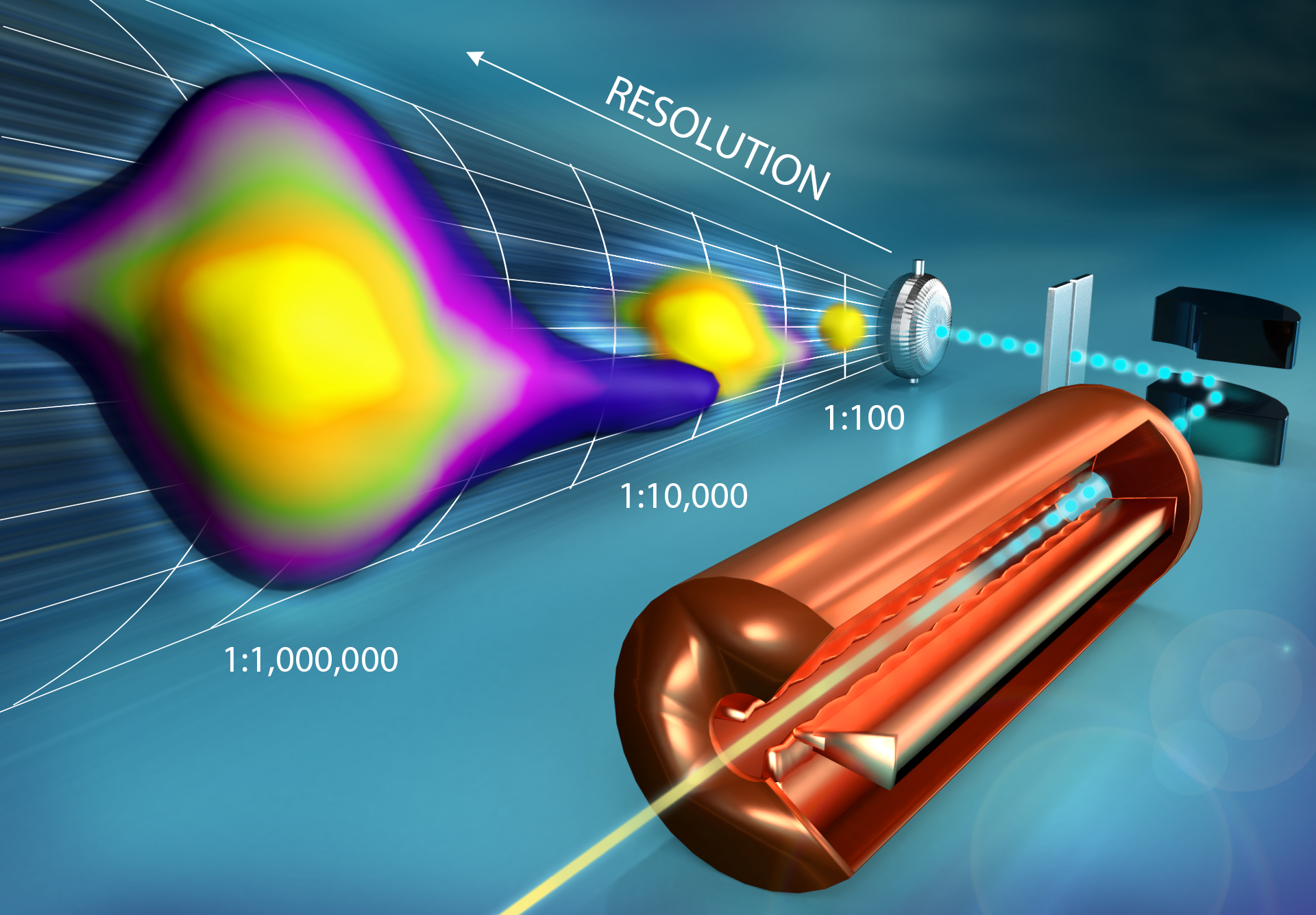
After 20 years, physicists find a way to keep track of lost accelerator particles
Physicists at Oak Ridge National Laboratory have developed a measurement technique to better understand beam loss—stray particles that travel outside the confinement fields of a particle accelerator. Mitigating beam loss is paramount to realizing more powerful accelerators at smaller scales and lower costs.
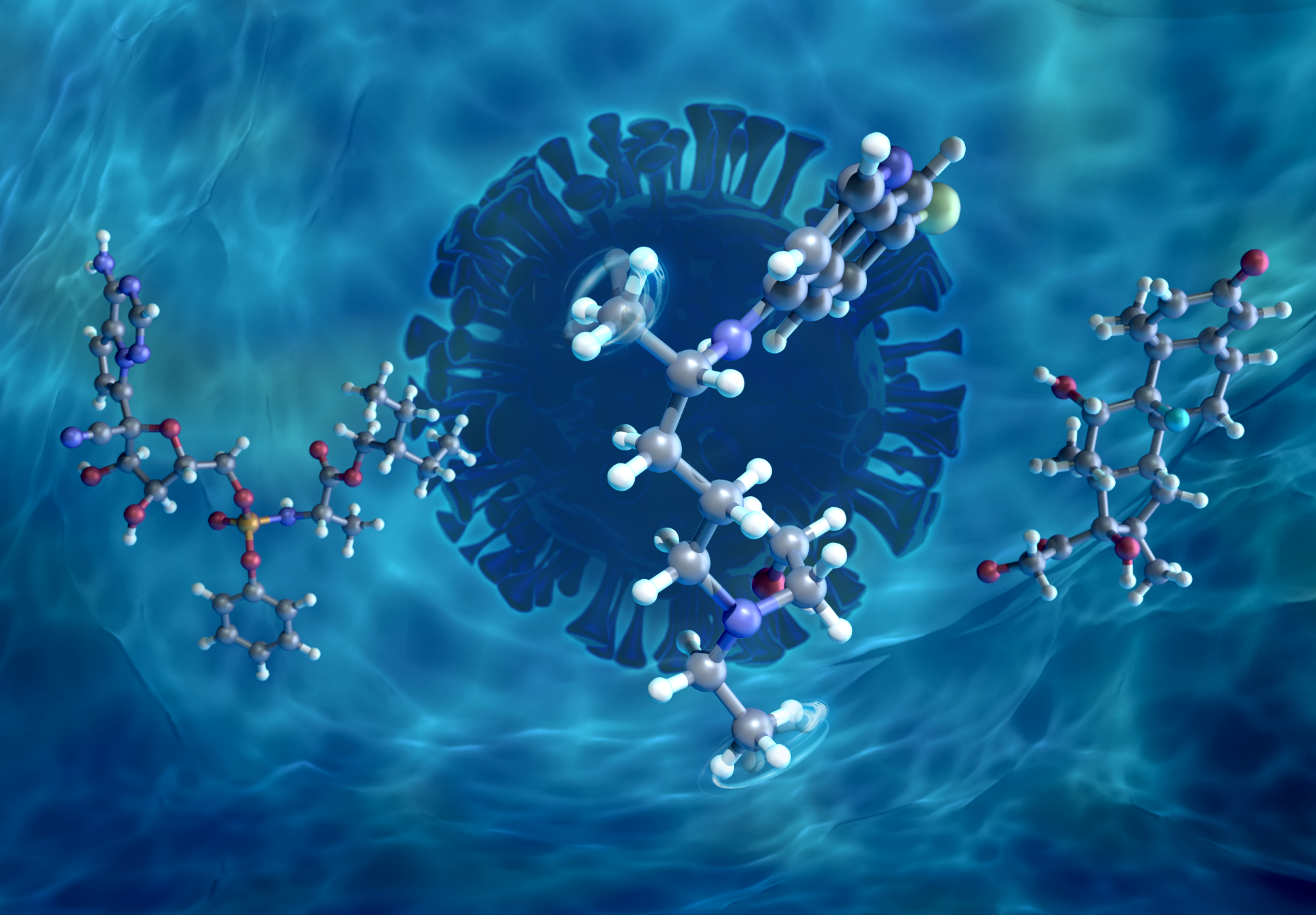
Neutrons probe molecular behavior of proposed COVID-19 drug candidates
Using neutron experiments and computer simulations, researchers from Oak Ridge National Laboratory delved into how some of the proposed COVID-19 drug candidates behave at the molecular scale when exposed to water.

St. Jude Research uses neutrons to shine light on shutting down cancer cells
To investigate what happens inside cells when they are at risk of becoming cancerous, scientists at St. Jude Children’s Research Hospital have been using neutron scattering at Oak Ridge National Laboratory. The team is searching to better understand the altered state of the nucleolus—a membrane-less organelle inside the cell—when the cell is compromised. Novel insights into cell behavior at the atomic and molecular scales will enable better detection and treatment of cancer in its many forms.
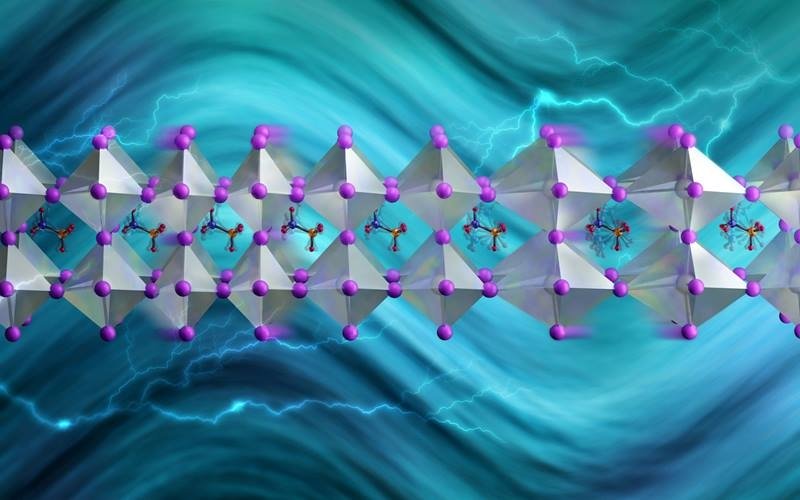
Some Like It Hot: Boosting Efficiency in Solar Cells
Novel hot-carrier solar cells convert sunlight to electricity more efficiently than conventional solar cells by harnessing charge carriers before they lose their energy to heat. A key to keeping electric charges hot longer is to slow the phonons that transport heat. Recent research shows that thermal transport—and thus performance—in hot-carrier solar cells can be reduced by replacing hydrogen atoms with heavier deuterium atoms.
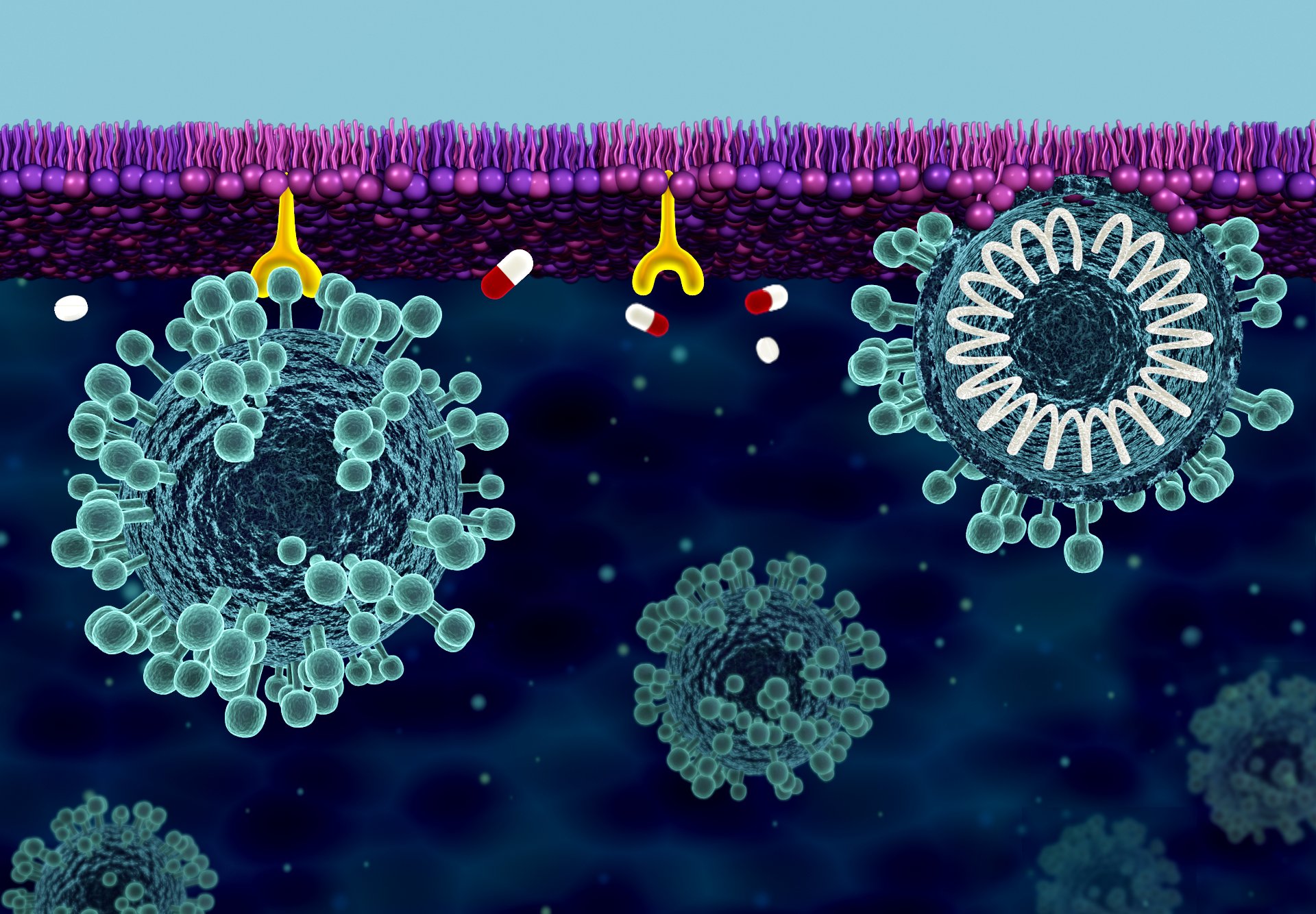
Scientists investigate solutions for building cell membrane defense against COVID-19
Researchers from Virginia Tech and Oak Ridge National Laboratory (ORNL) are using neutron scattering at ORNL’s Spallation Neutron Source to investigate how cell membranes and the COVID-19 virus impact each other and what therapeutic candidates could make cell membranes more resistant to viral entry.
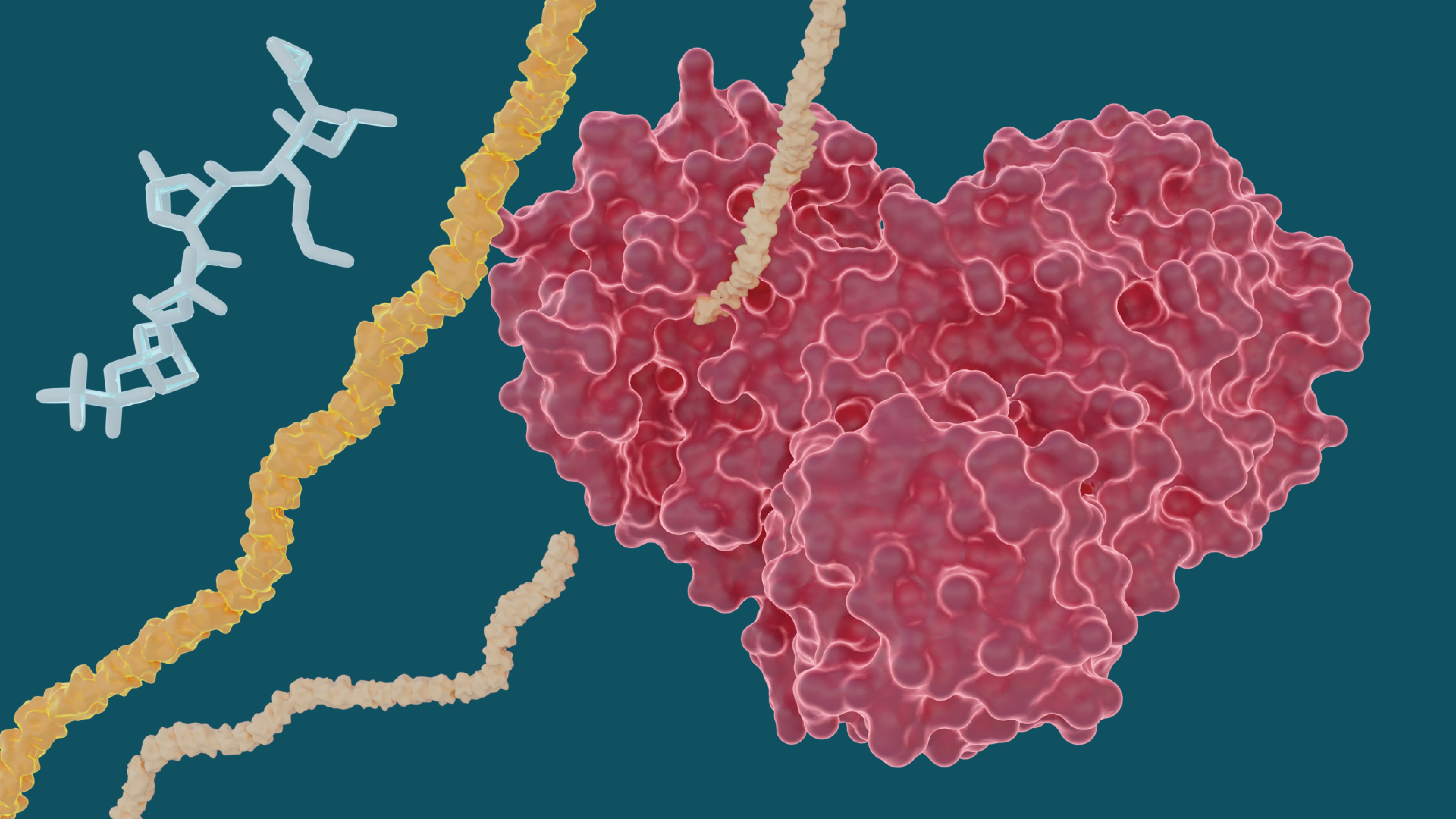
X-ray study explores potential of hepatitis C drugs to treat COVID-19
Researchers at the Department of Energy’s Oak Ridge National Laboratory investigated the binding properties of several hepatitis C drugs to determine how well they inhibit the SARS-CoV-2 main protease, a crucial protein enzyme that enables the novel coronavirus to reproduce. Inhibiting, or blocking, the protease from functioning is vital to stopping the virus from spreading in patients with COVID-19.
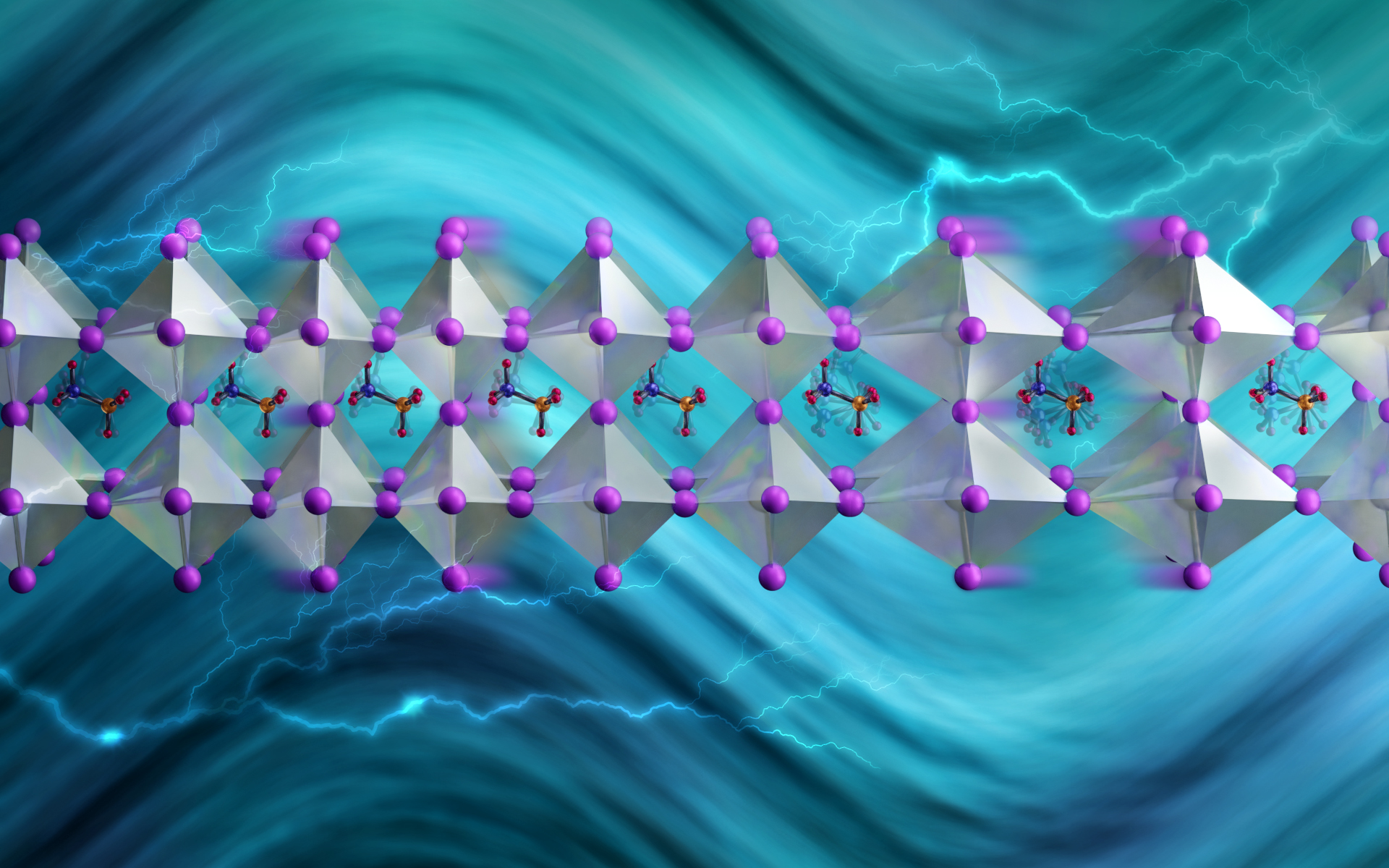
Blocking vibrations that remove heat could boost efficiency of next-gen solar cells
Led by the Department of Energy’s Oak Ridge National Laboratory and the University of Tennessee, Knoxville, a study of a solar-energy material with a bright future revealed a way to slow phonons, the waves that transport heat.
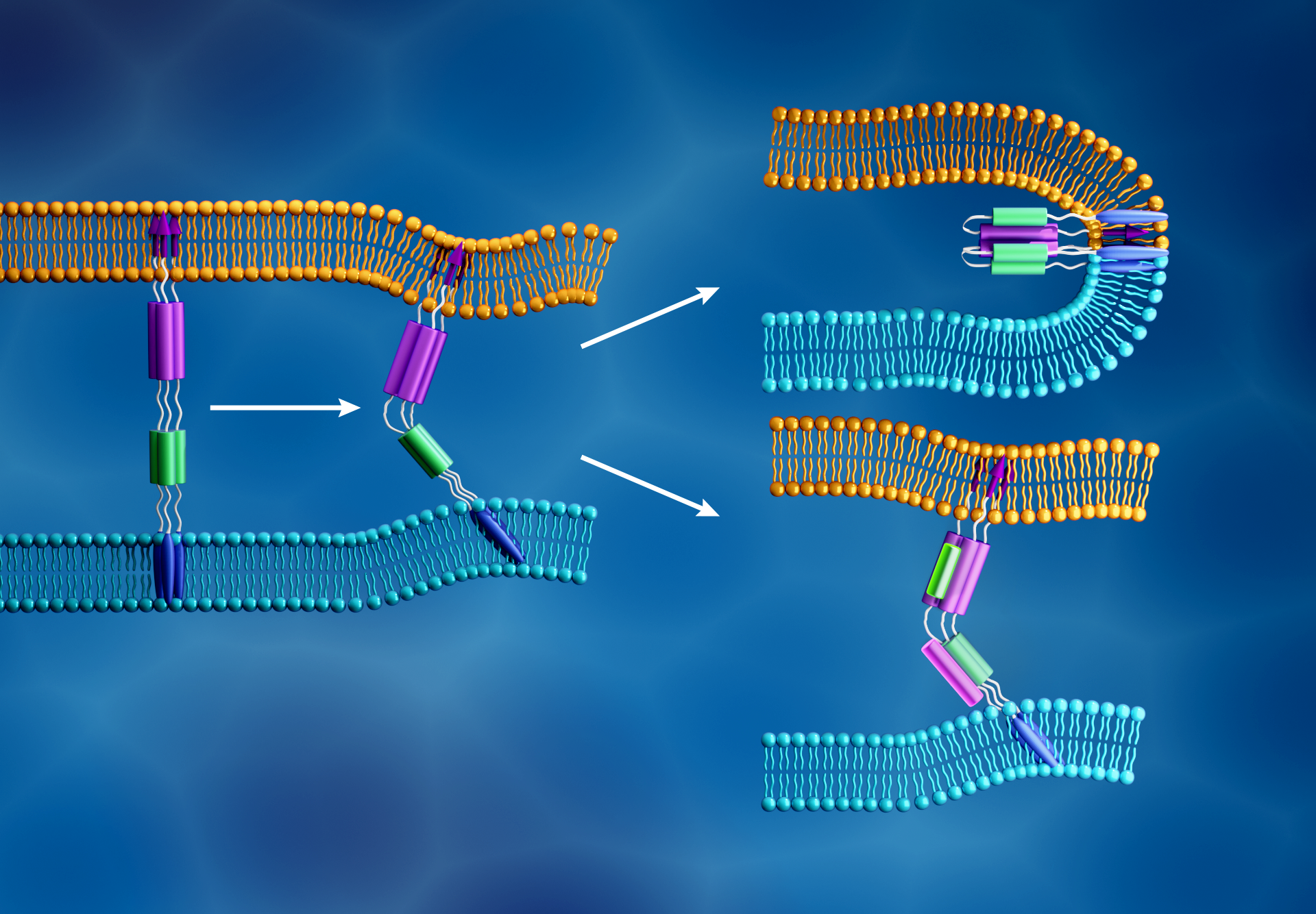
Neutrons probe biological materials for insights into COVID-19 virus infection
Researchers at ORNL are using neutron scattering at the Spallation Neutron Source to better understand how spike proteins help the COVID-19 virus infect human cells and what drugs could be effective in stopping them.
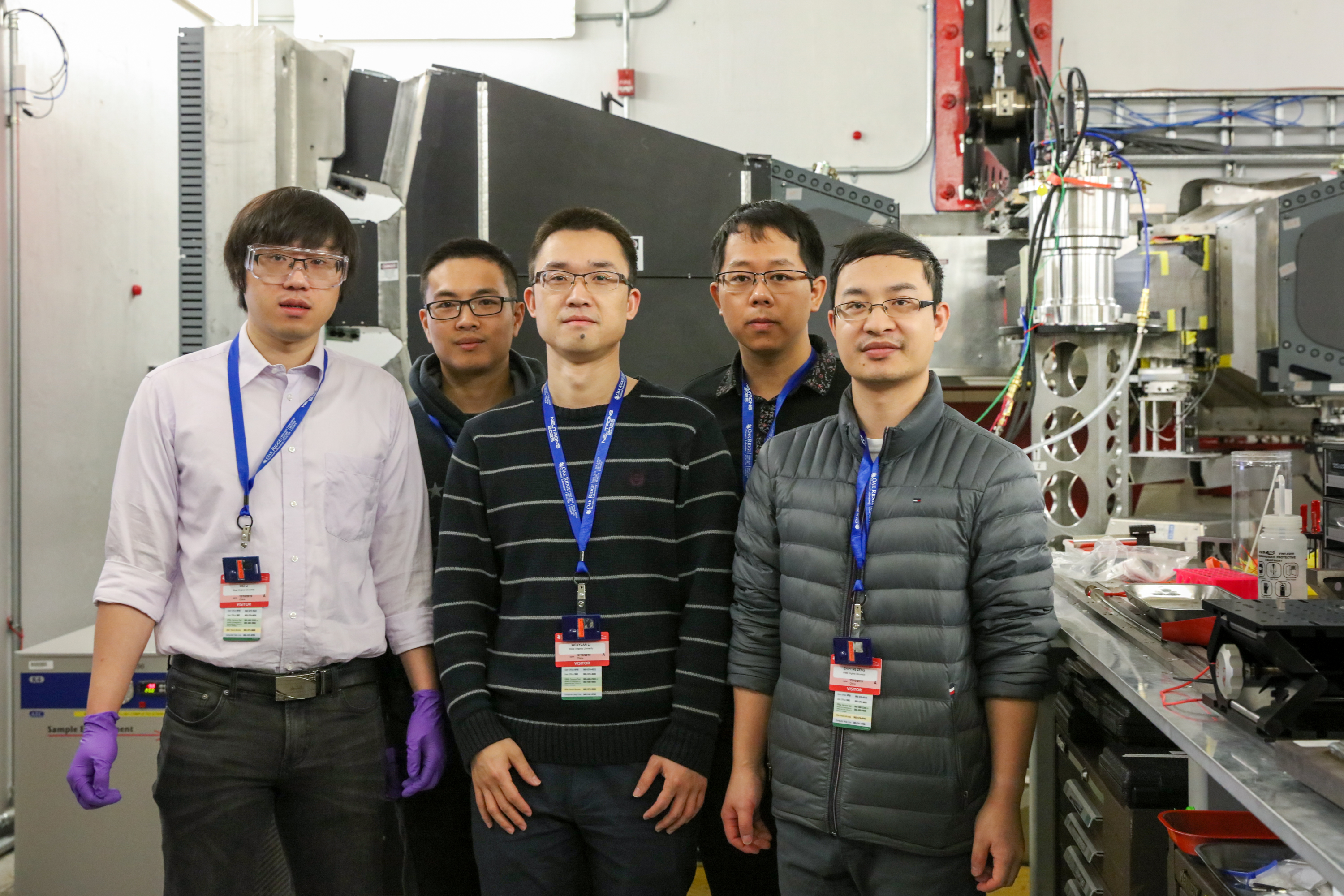
West Virginia researchers use neutrons to study materials for power plant improvements
Researchers from West Virginia University are using neutron scattering at Oak Ridge National Laboratory to study novel materials called high entropy oxides, or HEOs. Their goal is to collect insights into how the atoms in the HEOs bind together and whether the materials can be used to develop useful applications to improve power plant operations.
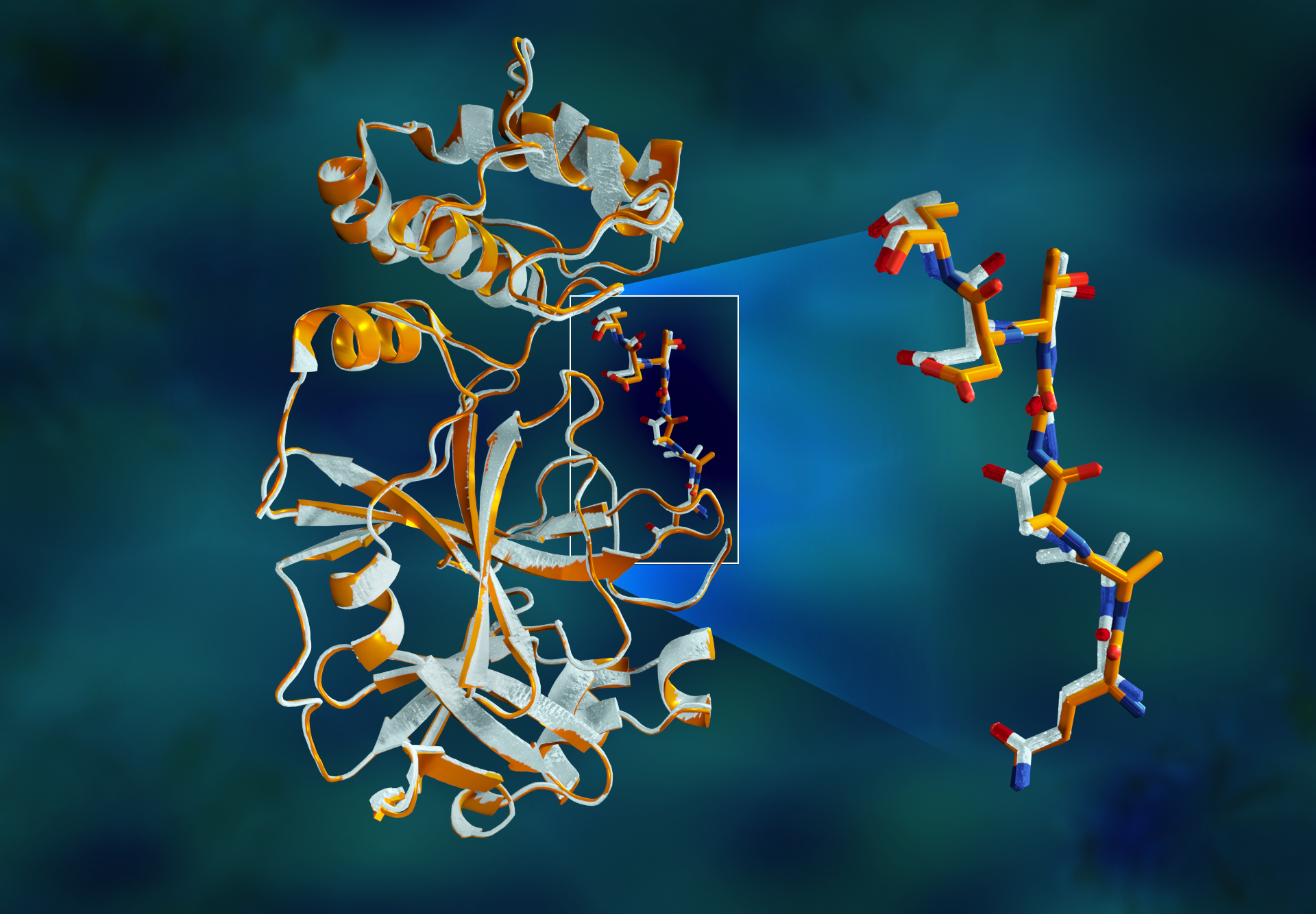
X-rays size up protein structure at the ‘heart’ of COVID-19 virus
Researchers have performed the first room temperature X-ray measurements on the SARS-CoV-2 main protease—the enzyme that enables the virus to reproduce. It marks an important first step in the ultimate goal of building a comprehensive 3D model of the enzymatic protein that will be used to advance supercomputing simulations aimed at finding drug inhibitors to block the virus’s replication mechanism and help end the COVID-19 pandemic.
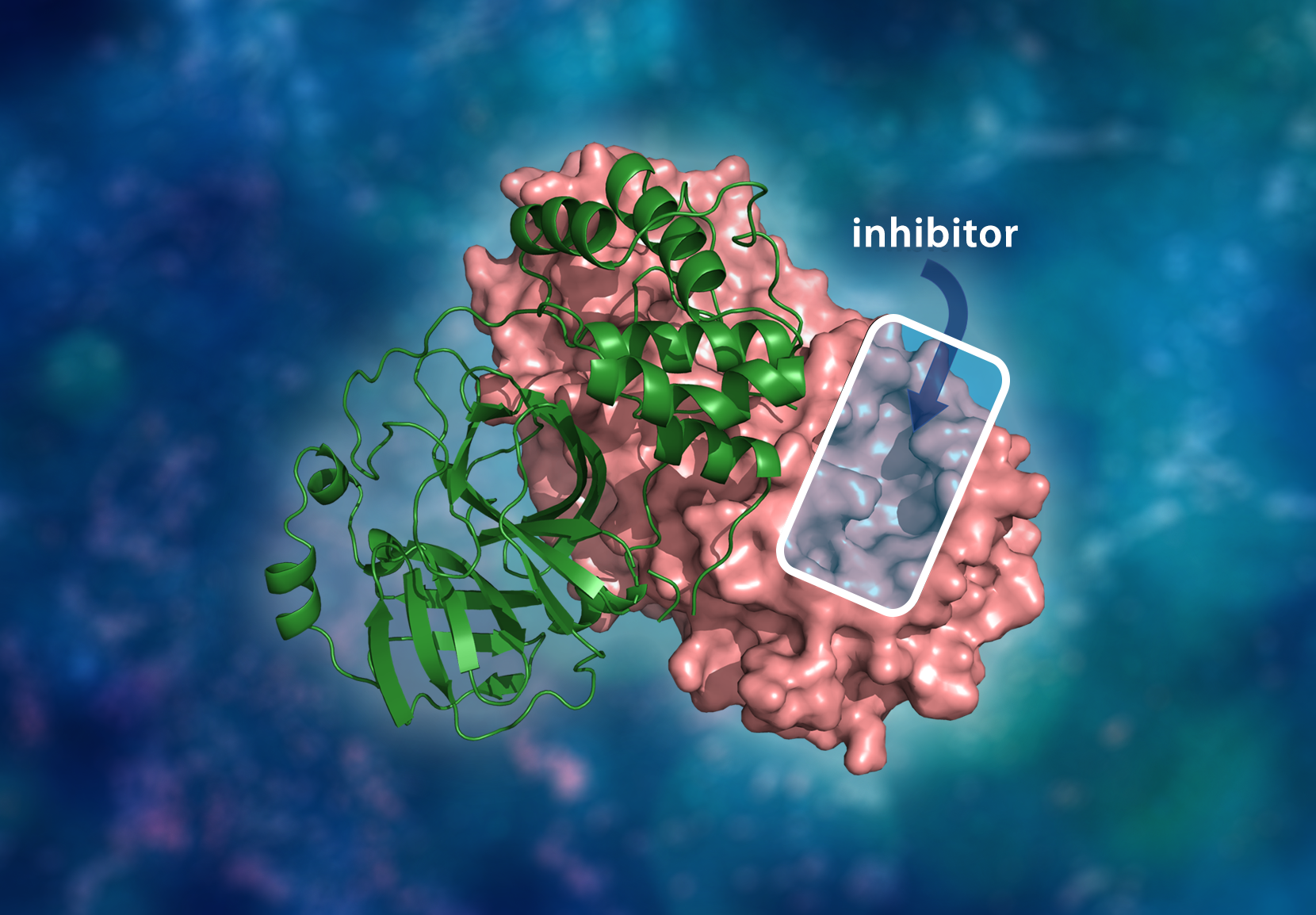
History of insightful HIV research inspires neutron scattering approach to studying COVID-19
What began as novel investigations into HIV, abruptly pivoted to the novel coronavirus as it began to spread across the globe. Now, ORNL researchers are using neutrons to learn more about the SARS-CoV-2 protease—a protein enzyme that enables the virus to replicate within the human body. Insights on the protein structure and its behaviors will be used to create more accurate models for simulations in aims of finding drug inhibitors to block the virus’s ability to reproduce.

VENUS construction on track for ORNL’s newest neutron imaging instrument
Researchers and engineers at the Spallation Neutron Source are making progress on the construction of VENUS, the facility’s newest neutron scattering instrument for studying materials in exciting new ways that are currently not possible for open research programs in the US.
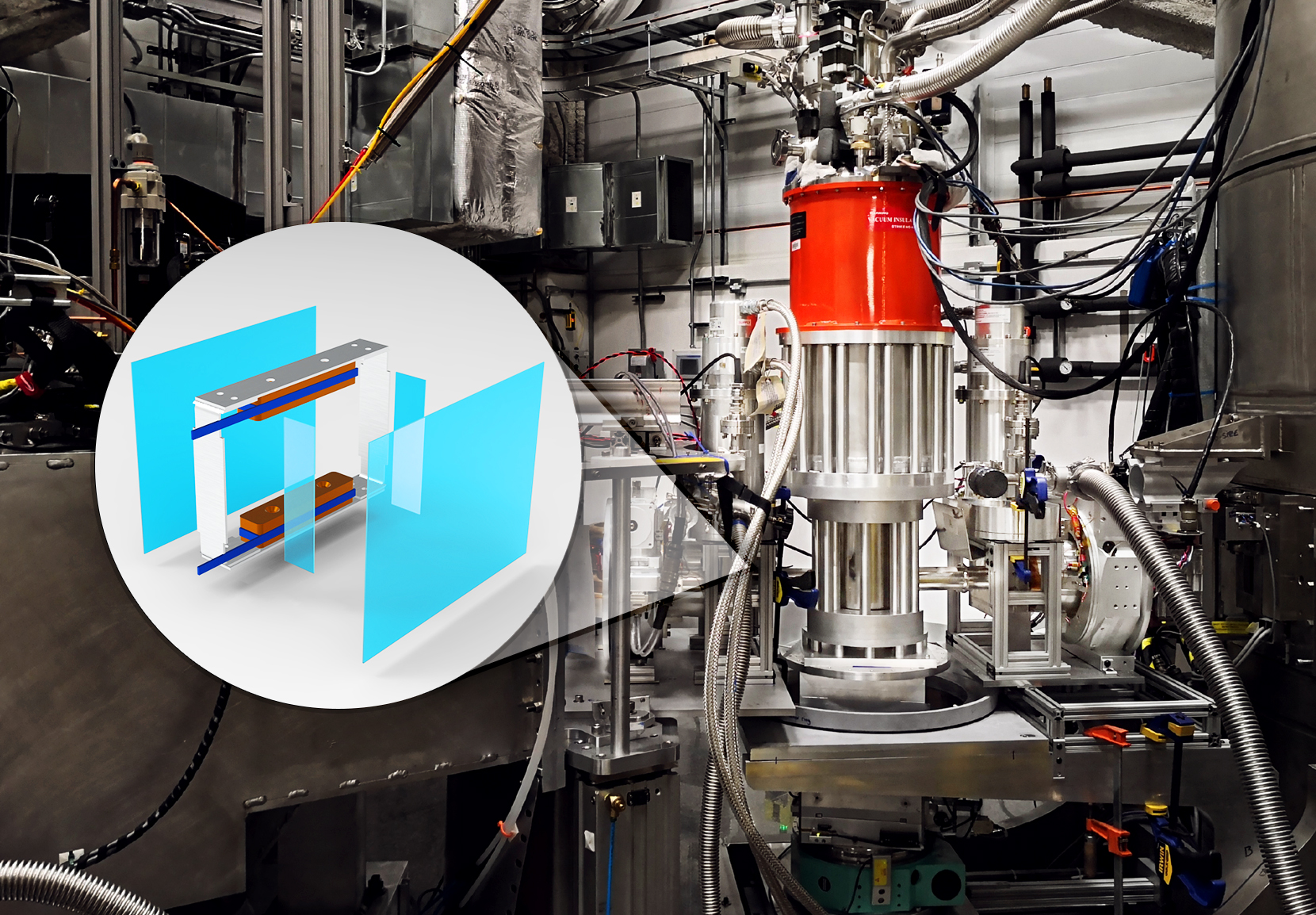
ORNL neutrons add advanced polarization capability for measuring magnetic materials
Neutron scattering instruments at ORNL’s HFIR and SNS are undergoing upgrades which will enable them to study magnetic phenomena previously not possible in the US. Incorporating a device for spherical neutron polarimetry enables the ability to characterize complex magnetic systems in new dimensions for materials that could be developed for enhanced data storage and quantum computing technologies.
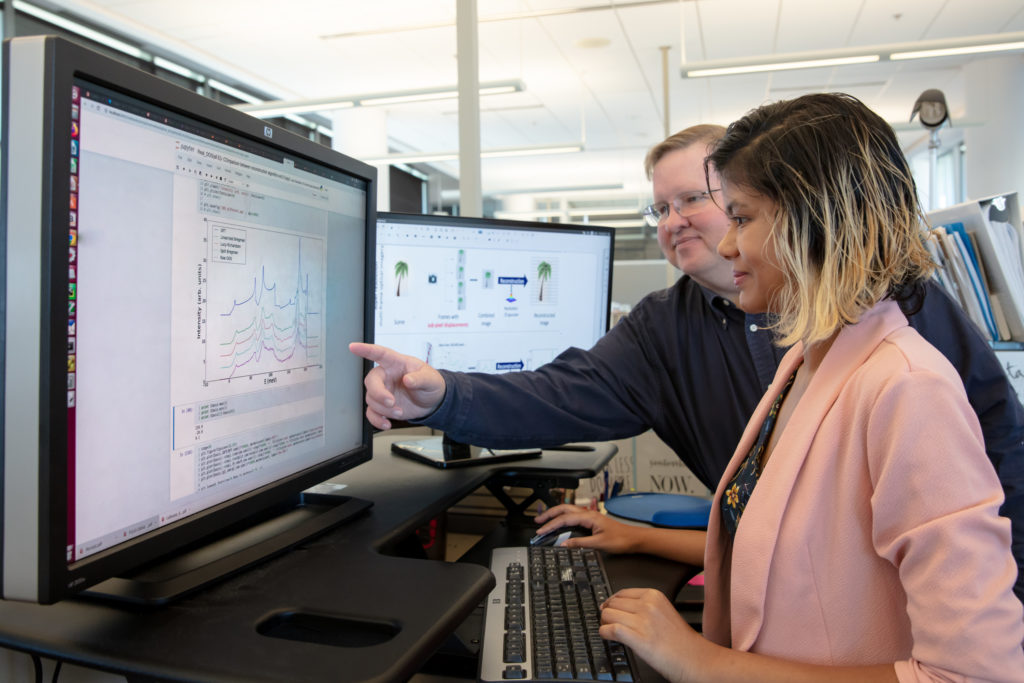
New ORNL software improves neutron spectroscopy data resolution
Neutron spectroscopy is an important tool for studying magnetic and thermoelectric properties in materials. But often the resolution, or the ability of the instrument to see fine details, is too coarse to clearly observe features identifying novel phenomena in new advanced materials. To solve this problem, researchers at Oak Ridge National Laboratory, developed a new super-resolution software, called SRINS, that makes it easier for scientists to better understand materials’ dynamical properties using neutron spectroscopy.
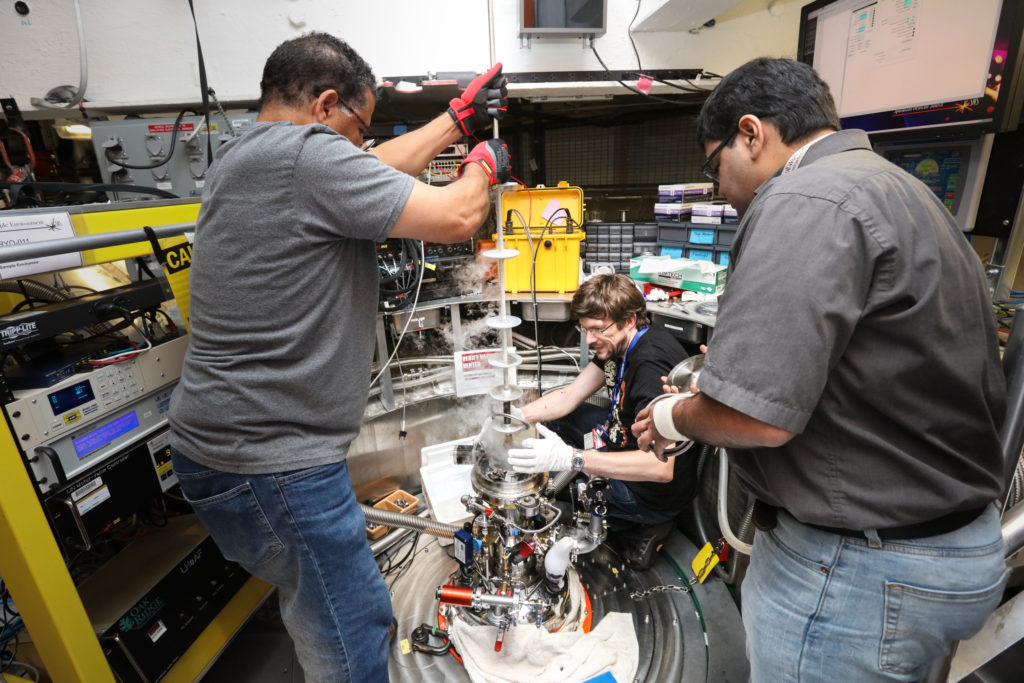
Neutrons “break the ice” for exploring fundamental physics in frozen water
Scientists from Xavier University and Oak Ridge National Laboratory used neutrons to explore the atomic structure of ice, which sometimes features mysterious molecular anomalies in its otherwise crystalline structure. Learning more about these ionic defects could help researchers learn more about similar inconsistencies found in other materials.
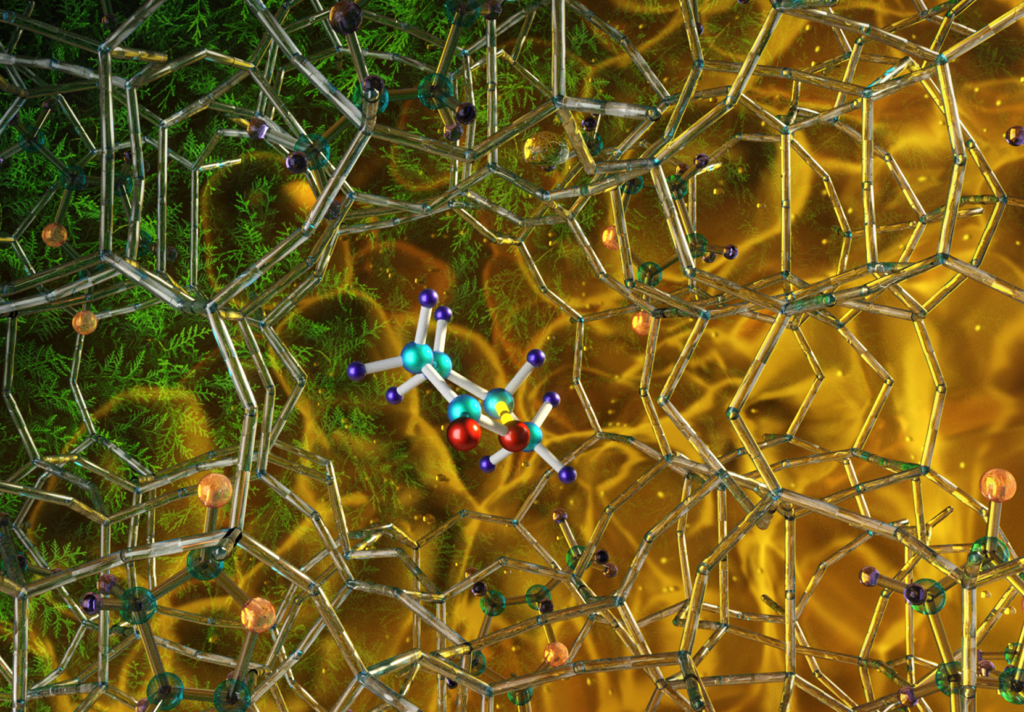
Neutrons optimize high efficiency catalyst for greener approach to biofuel synthesis
Researchers led by the University of Manchester used neutron scattering at Oak Ridge National Laboratory in the development of a catalyst that converts biomass into liquid fuel with remarkably high efficiency and provides new possibilities for manufacturing renewable energy-related materials.
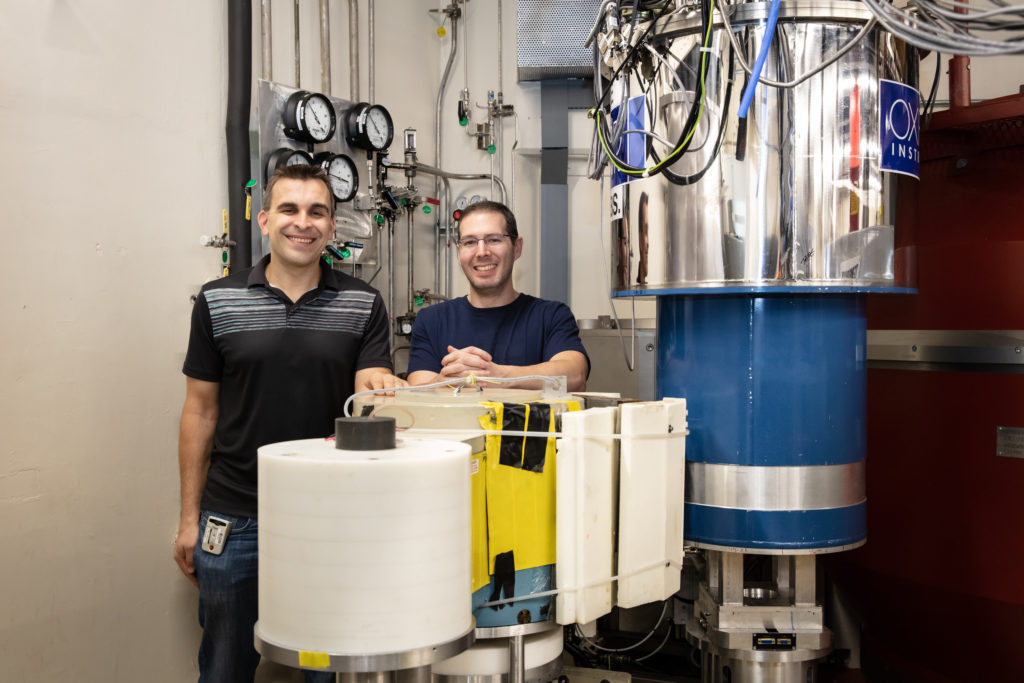
Neutrons probe ultra-cold condensate for insight into quantum matter
Colorado State researchers used neutron scattering at ORNL to study an ytterbium silicate material that exhibits a Bose-Einstein condensate, an unusual quantum phase of matter that may help better understand similar phenomena in other quantum materials.
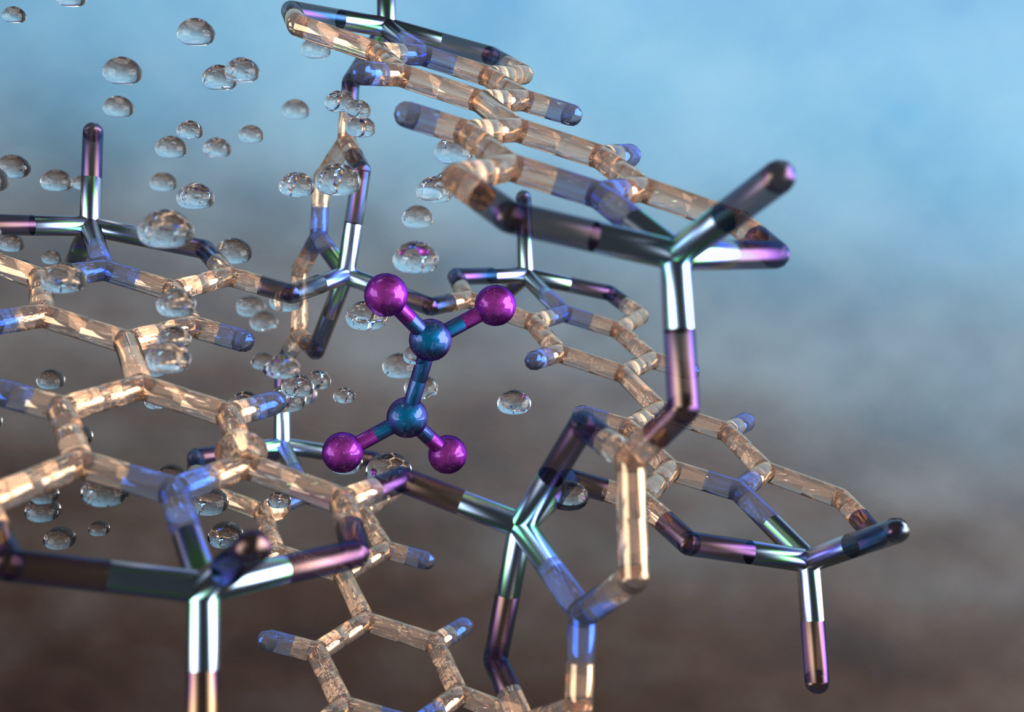
New material captures and converts toxic air pollutant into industrial chemical
A team led by the University of Manchester has developed a metal-organic framework material providing a selective, reversible and repeatable capability to capture a toxic air pollutant, nitrogen dioxide, which is produced by combusting fossil fuels. The material then requires only water and air to convert the captured gas into nitric acid for industrial use.
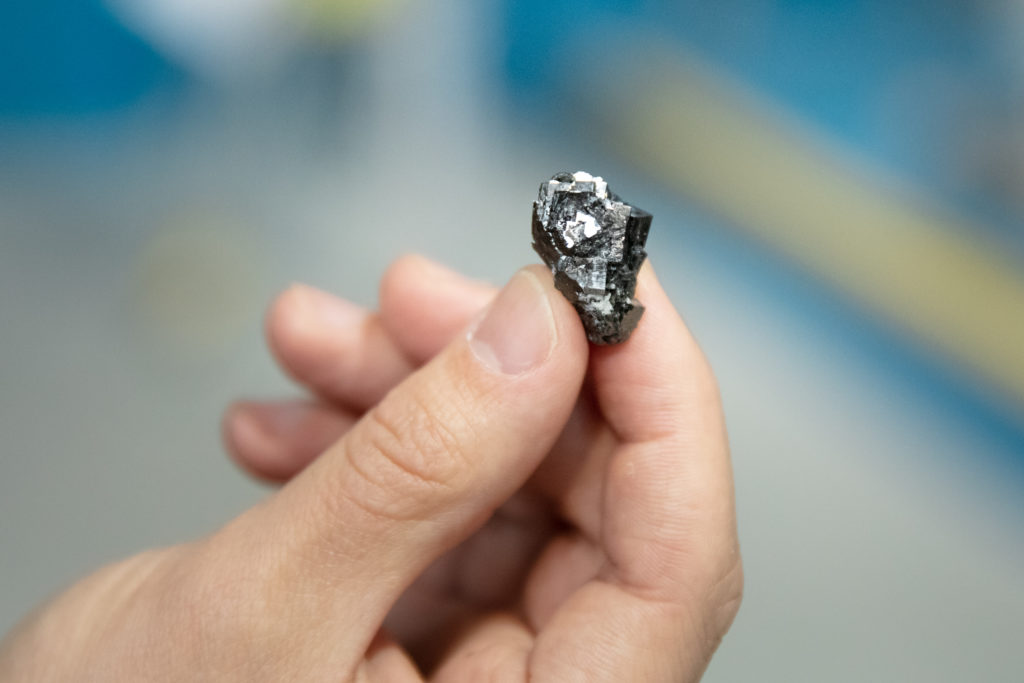
Obtaining order in the “frustrated” landscape of disordered magnetism
Researchers from Aarhus University, Denmark, are pioneering a novel technique to solve highly elaborate magnetic structures using neutrons at the Spallation Neutron Source. Their aim is to develop the technique to establish a baseline approach that can be adapted to a broad class of magnetic materials with different structures.
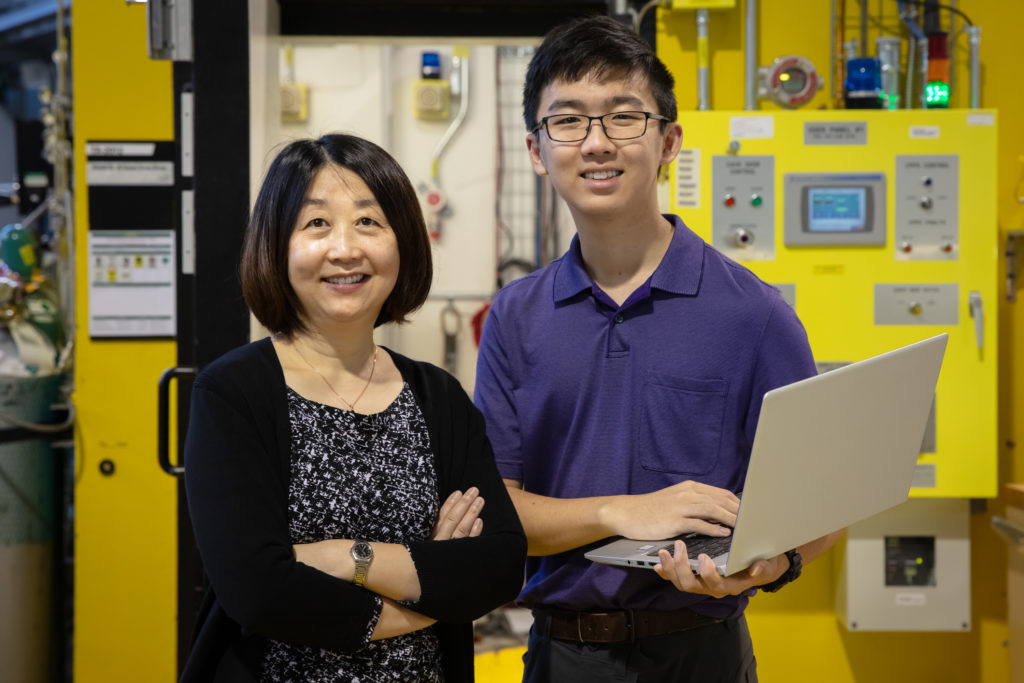
The way is clear: CORNING taps neutrons for developing new glass compositions
Corning researchers are using neutrons at ORNL’s Spallation Neutron Source to better understand the correlations between the structure and properties of glass to develop new compositions tailored for a range of applications.